As a serious Godzilla devotee, it’s hard to think about “Godzilla vs. Kong” as anything other than a Legendary tribute to Toho.
When it comes to being King of the Giant Monsters, Toho Films have been sitting atop of the “Monsterverse,” since 1954. Though not the originators of the giant monster film, Toho certainly mastered them and knew how to produce them in droves.
Of course, their most famous character is one of the two most famous giant monsters of all time, Gojira, or as we know him best, Godzilla. The other of the most famous, the original Giant Monster created in 1933, is King Kong. It was only a matter of time and money before they would meet on the screen to battle it out. And while the new release, Godzilla vs. Kong, isn’t the first time these titans have gone head to head, it’s certainly been a highly anticipated modern matchup.
To say that I am a fan of Godzilla films would be like saying Tommy Chong likes to smoke pot.
Since my earliest viewings as a kid when Godzilla aired on Saturday afternoons on WPIX in New York City, I have always enjoyed the big GRAY guy either attempting to destroy or save Tokyo. Though I enjoyed watching the films where Godzilla played the earth’s savior, many times alongside another Toho Monster in a tag-team war against the main alien antagonist, I was always a greater fan of the darker Gojira Heisei series of films that ran from 1984 to 1995, preferring the Japanese originals over the American, English dubbed releases.
When Legendary released their 2014 version of Godzilla, I was skeptical.
But I found the film to be well-made, with a solid story and overall premise that made sense. They did a good job tying the Toho story concepts to the film, and I appreciated the efforts in creating original monsters to fight against Godzilla. In my opinion, there isn’t much bad you can legitimately say about this film without just actively looking for a reason to dislike it.
This was a legitimate Godzilla film produced here by Hollywood that deserved to be called a Godzilla film.
I found King of the Monsters to be an excellent follow-up, and Legendary continued to borrow heavily from the Toho storylines to the extent where I felt King of the Monsters had more of a “Fan-Boy” feel to it. If you know your Toho Gojira series films, then you can pick up on all the tributes throughout the film. From the earliest points of tribute in the ‘60s through to 1994, when the “Burning Godzilla,” was born in Godzilla VS Destroyah.
With the release of Godzilla vs. Kong on March 31, 2021, Legendary wrapped up their Godzilla trilogy.
Though I have certainly heard complaints about the film, I believe Legendary absolutely nailed making a Godzilla film in the Toho fashion with this final release.
Unlike with King of the Monsters, where the film had that feeling of trying too hard to pay homage by taking from so many different Toho Gojira films, Godzilla vs. Kong is a true-to-form Toho storyline. The only thing missing was the Earth-conquering Aliens from Planet X.
Before I go further, yes, Godzilla vs. Kong borrows from the Toho films again, but the casual Godzilla fan may not recognize these borrowed elements. Films referenced in this film include King Kong Escapes, King Kong vs. Godzilla, three of the five Mechagodzilla films, and the 2016 Toho Gojira film release, Shin Gojira. That aside, Legendary put together a plot for this film that would fall into the Showa Series Godzilla films with ease.
The basic premise for Godzilla vs. Kong is that Kong is needed to lead a group of engineers to Hollow Earth through the Antarctic, so they can harness an energy sample that is equal to that of the energy readings put out by Godzilla, in order to combat Godzilla, who has seemingly turned against humanity after an attack on the Apex Cybernetics plant on the US Gulf Coast. There is no apparent reason why Godzilla attacked the facility, however, it does not take a rocket scientist to figure out something is up with Apex immediately, especially if you picked up on the “Orca” apex predator signal from King of the Monsters sounding off during Godzilla’s attack on the facility.
The film boasts some well-made CGI effects and battle scenes between Godzilla and Kong. But, for me, they were a bit too Pacific Rim for my taste. Yet, I can’t deny they were well constructed and definitely had a fun vibe to them. The brighter scenes and colorful landscapes and skies of Hollow Earth, married with Godzilla and Kong fighting in daylight and underwater, made for some refreshing changes the series needed.
Though the story escalates quickly, creating some unbelievable development factors, that plot process falls in line with how Toho has made Godzilla films — making this a more authentic Godzilla movie.
That said, it’s a safe bet that’s why the human factor in the film is so annoying.
The actors are working with what they were given, and that is classic Toho movie design. You watch the film tolerating the humans while waiting for the next epic monster battle. Who watches Godzilla movies for the acting? Nobody. We watch them for the Giant Monsters battling each other and destroying civilization along the way.
Both Kong and Godzilla having distinct personalities is also a Toho monster film trait. Godzilla has been seeing skipping, doing tail runs, laughing, rolling his eyes, and even conversing with other monsters in his Toho films.
You can reference any of the Toho Godzilla films from 1964 to 1974, to see facial expressions, mood changes, and even examples of Godzilla’s parenting skills. He even skips and salutes in one film, so his having a cartoonish personality is not something out of the ordinary.
There really are two versions of Gojira in the Toho series of films throughout the past 70 years. The monster is either a threat to all humanity, operating in one mode, to destroy, or he is a campy and kid-friendly hero.
What we got from Legendary in Godzilla vs. Kong is more the campy version of the King of the Monsters with touches of his early days as a villain in the Toho Monsterverse. This makes sense since he was out to obliterate Kong and the natural choice to be the “heel” between the two.
Legendary did a good job in developing Godzilla as the antagonist against Kong.
It’s what made sense with the direction Legendary took with the style of Godzilla movie they made, and they set Kong up to be cheered for even before the movie was released. Kong is the smaller character, and though he grew since Skull Island, he was still no match for Godzilla in size. Kong also lacked a weapon to match Godzilla’s atomic breath and, being an ape, was going into the war as nothing more than a massive monkey with intelligence being his strongest weapon against Godzilla.
Kong was the underdog, and the underdog is who the audience should want to cheer for. Yes, Kong gets an ax to even things up against Godzilla a bit, but he still is smaller and weaker physically and had to even the odds against his larger, menacing opponent. I have never been a fan of King Kong, but Legendary even got me cheering for him against Godzilla, who was an outright asshole in the fights with Kong.
The Hong Kong battle between the stars of the film is a near-perfect homage to classic Godzilla fights from all the Toho films staring the nuclear-born beast throughout the Showa Era (1954-75). Legendary literally recreates a fight scene from King Kong vs. Godzilla for this film and did a solid job with the imagery. Legendary did an excellent job showing Kong’s intelligence and use of his surroundings to take Godzilla down. And to a point, Kong’s strategy worked at first, as he took Godzilla off his feet more than once.
Kong learned from his first encounter with Godzilla that he needed to subdue Godzilla’s atomic breath, and Kong did exactly that as long as he could. When he could not prevent Godzilla from unleashing his atomic breath, Kong cleverly avoided incineration.
Watching the creativity put into the battle narrative of the epic showdown between these two giant monsters unfold put a goofy smile of approval on my face.
Godzilla going to his atomic breath money shot over and over in this film right away is also a standard-issue Toho trick recreated by Legendary. Godzilla used his atomic breath on any and everything along his path, and when in battle during the Heisei era (1984-1995) films, Godzilla used this constantly. It blasted through buildings, incinerated forests, and destroyed all of his opponents in each film by the end credits. So seeing Godzilla chasing Kong down with his atomic breath, and doing so with reckless abandon, took me down a nostalgic path to what were some of the best Godzilla films made.
Predictability is the greatest flaw in Godzilla vs. Kong.
The writing on the cave walls existed the moment we are introduced to Apex Cybernetics in the opening minutes of the film.
The question that remained for me though is what was Apex creating that would end up being the greater threat in existence to bring Godzilla and Kong together as a team. I will not lie, I was expecting a revitalized King Ghidorah to be back from the dead, perhaps as Mech-Ghidorah, but Legendary went with my fantasy idea for the closing nemesis in their Godzilla films, and we got a bad-ass version of Mechagodzilla, the most deadly foe to ever cross paths with the King of the Monsters.
To say the kid in me was excited would be an understatement. What remained for me was to see just how well this Legendary version of Mechagodzilla would play out in homage to the Toho creation, and how original they could make their rendition of the Cybernetic Behemoth.
Legendary did not disappoint by any means, creating the largest version of MechGodzilla to exist, with the most sensible and adaptable weapons systems to battle against Godzilla.
The Legendary version of Mechagodzilla took elements of all three of the Toho versions of the mechanical monster to appear in their Godzilla-verse and added some original touches to the character, such as his ability to think for himself. (Side note: Toho touched on this idea in the 2002 film, Godzilla Against Mechagodzilla, but never took it further.)
The connection between Ghidorah from King of the Monsters and Mechagodzilla fits the story, and made practical sense for a nemesis against Godzilla in the film. Though played out with originality by Legendary, the idea is not original, as Toho had created a direct link between King Ghidorah and the creation of Mechagodzilla during the Heisei series.
What Legendary’s Mechagodzilla brings to the fight that is original is pure diabolic destruction, as is shown by his entering Hong Kong to take on an exhausted Godzilla following his battle with Kong. Mechagodzilla unleashes his version of atomic breath onto the population, making sure the audience knows he is the true villain of the story. This Mechagodzilla also has personality, and to hear him laughing with evil intent to taunt Godzilla into a fight had me laugh a little. It was another goofy element to the film that worked and had the Toho feel to it.
What I enjoyed about the Legendary version of Mechagodzilla was the character looked believable, and I could get behind the engineering that would go into making a Mecha such as this real. There is also a bit of Shin Gojira thrown into the Legendary Mechagodzilla with his having a weaponized tail and his size factor. Mechagodzilla towers over Godzilla, making him look small, in turn making the hero of the film, Kong, look even smaller than he did against Godzilla.
Kong is indeed the hero of the movie, jumping into battle to help his recent opponent in Godzilla.
Once again Kong is fearless and has a heart larger than his Titan body as he goes after Mechagodzilla.
Seeing Godzilla and Kong team up against the greater threat was a direct throwback to the first time Godzilla ever faced his evil-mechanical doppelganger when he teamed up with King Caesar to overthrow the rampaging robotic foe, in Godzilla vs. Mechagodzilla from Toho in 1974.
I can see the naysayers complaining about Godzilla not just dispatching Kong with ease based on how powerful he has been in previous movies, or being disappointed in how Godzilla and Kong teamed up at the end of the film, in the fashion of Step Brothers or Batman vs. Superman — “Did we just become best friends?” style. And yes, I can sort of agree with that, but who did not see it coming from the opening? It was predictable that they would team up in some goofy way, but in that goofy way, it made the threat of Mechagodzilla all the more real.
Godzilla and Kong needed each other to overcome their foe, and they overcame in a way that would make kids cheer and old-school Gojira lovers like myself smile at the Toho touch in which it was done.


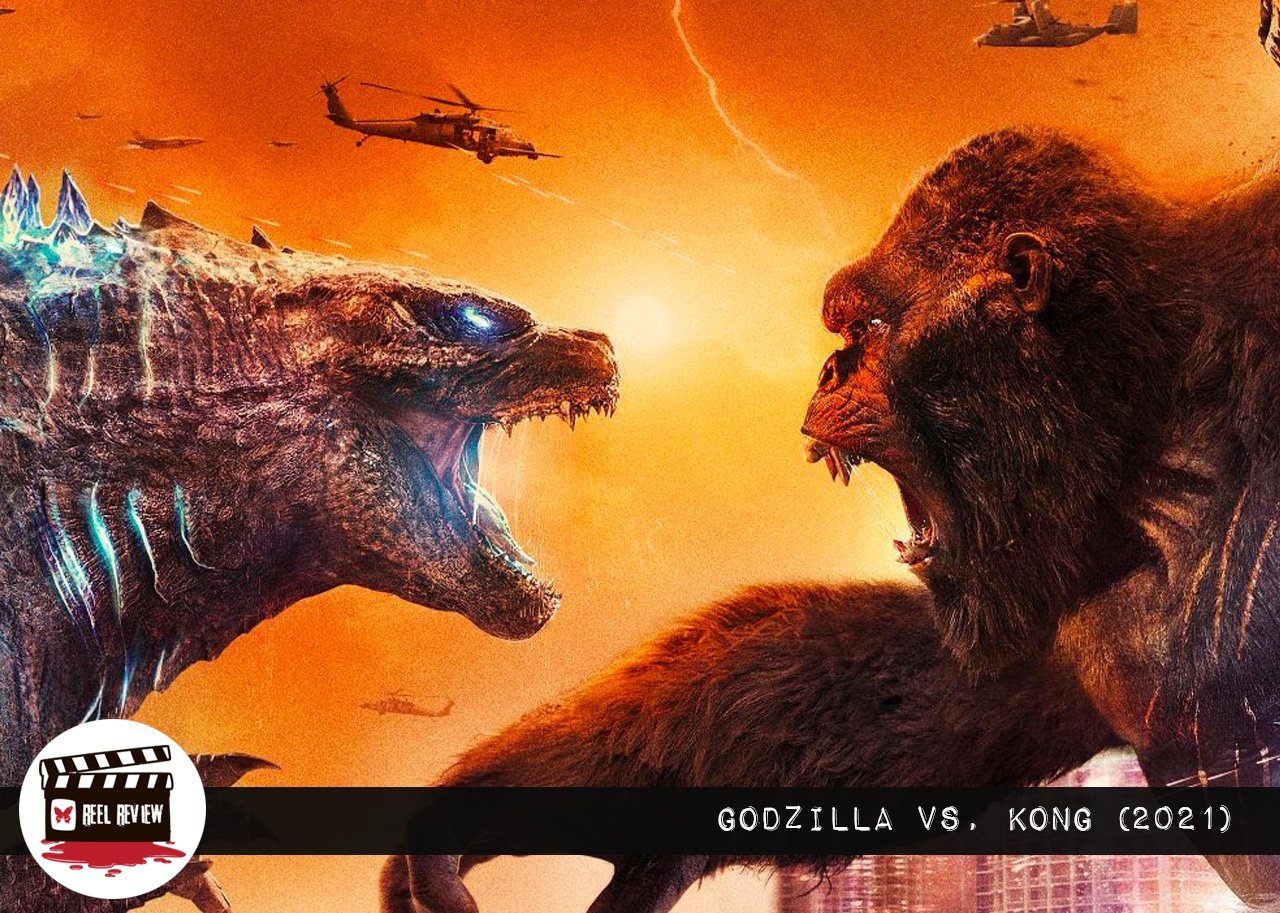
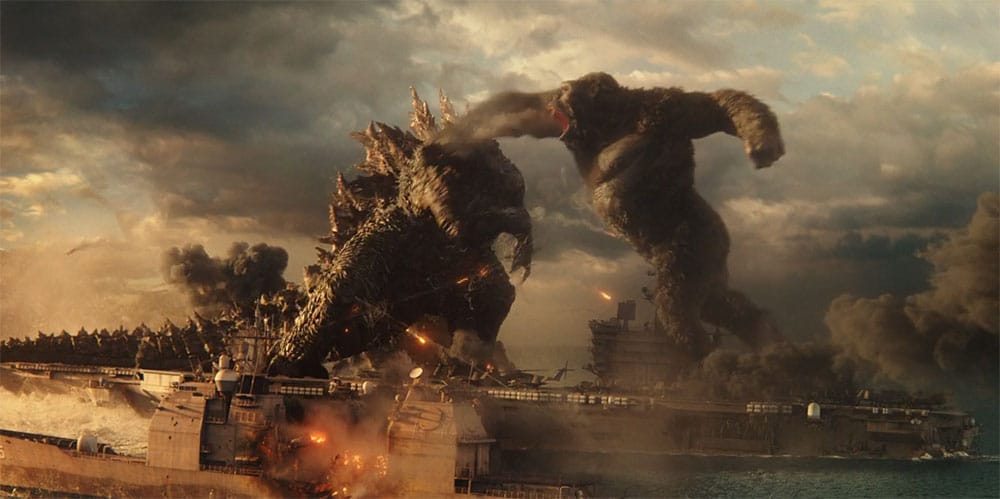

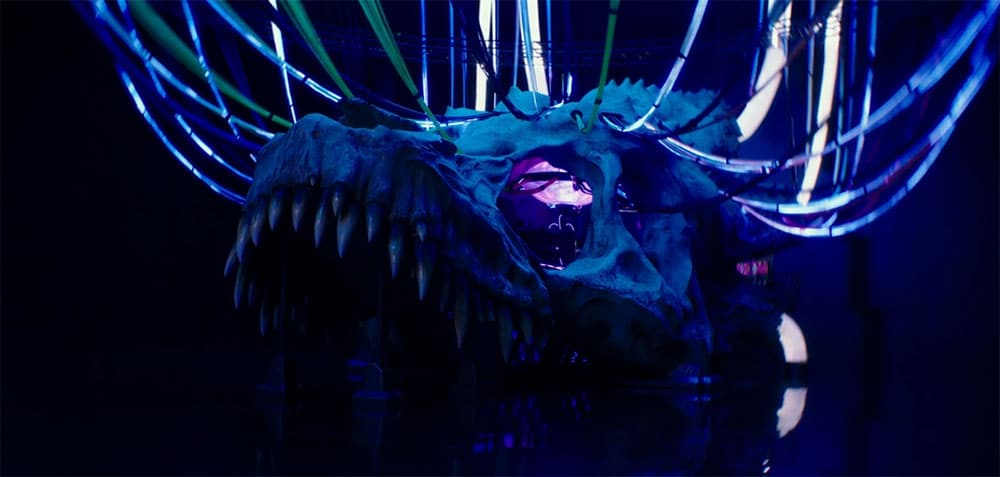

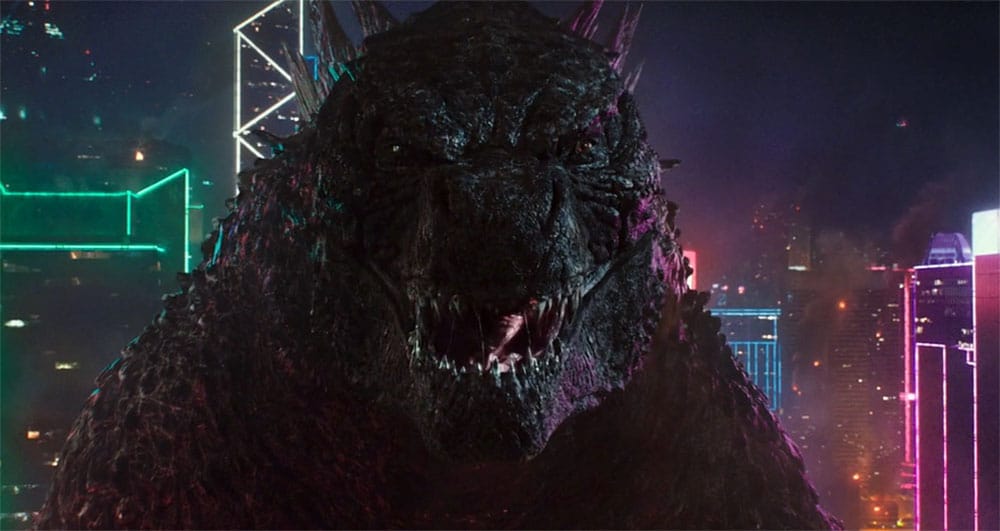
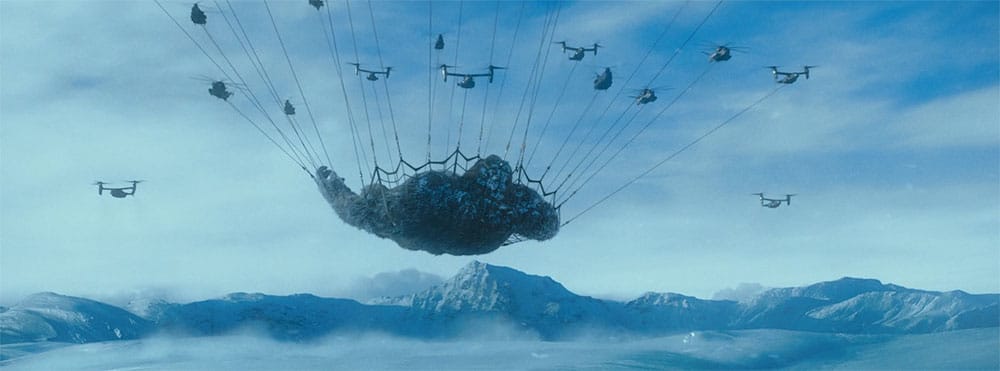
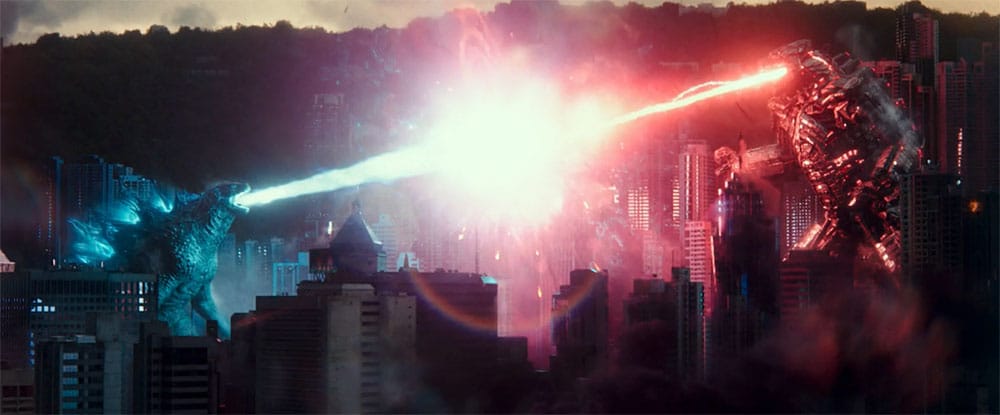
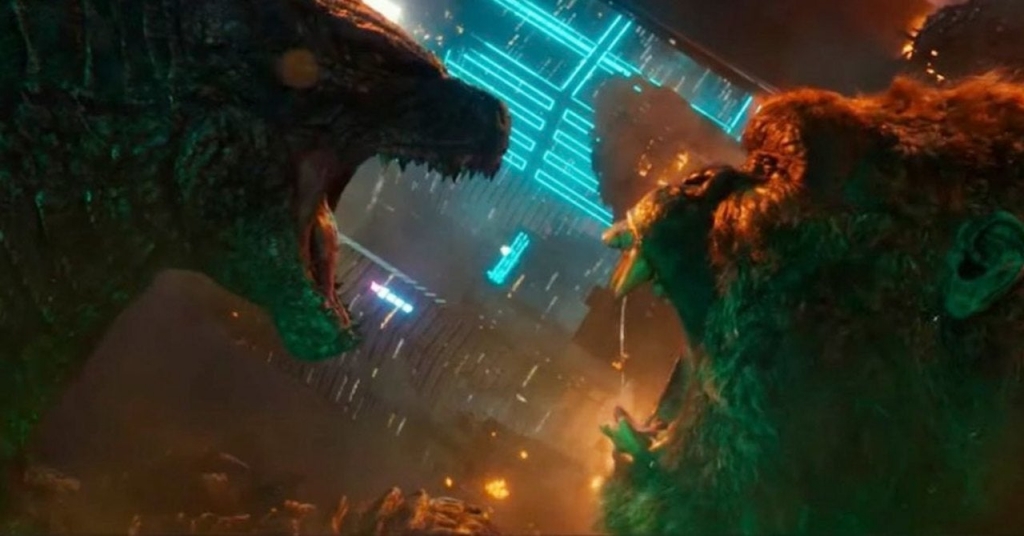
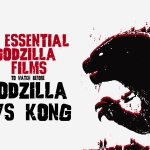
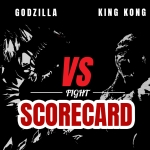

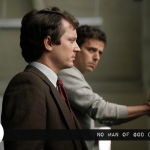






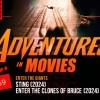

Follow Us!